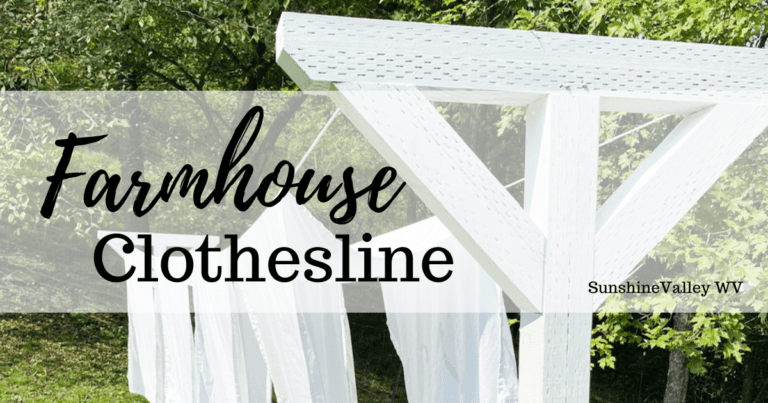How to Grow Garlic
The Simple Way to Grow Garlic: Your Ultimate Guide

Growing garlic at home is a rewarding experience that yields flavorful and aromatic bulbs you can use in countless recipes. If you’ve ever wondered how to grow garlic, you’re in the right place. This comprehensive guide will walk you through the entire process, ensuring a successful harvest. Whether you’re a seasoned gardener or a beginner, these steps will help you cultivate healthy garlic plants with ease.
Why Grow Garlic at Home?
Garlic is not only a staple in the kitchen but also a powerful medicinal plant with numerous health benefits. By growing your own garlic, you ensure it’s free from harmful chemicals and pesticides. Plus, it’s a cost-effective way to keep a steady supply of fresh garlic on hand.
Choosing the Right Garlic Varieties
Before diving into how to grow garlic, it’s important to select the right variety for your region. There are two main types of garlic: hardneck and softneck.
- Hardneck Garlic: Ideal for cooler climates, hardneck garlic varieties are known for their robust flavor and larger cloves. They also produce scapes, which are edible flower stalks.
- Softneck Garlic: Better suited for warmer climates, softneck garlic varieties have a milder flavor and a longer shelf life. They typically produce more cloves per bulb compared to hardneck varieties.
When to Plant Garlic
The best time to plant garlic is in the fall, about 4-6 weeks before the ground freezes. This allows the garlic to establish roots before winter. In warmer climates, you can plant garlic in late winter or early spring.
Preparing the Soil
Garlic thrives in well-drained, fertile soil with a pH between 6.0 and 7.0. Here’s how to prepare your soil for planting:
- Choose a Sunny Spot: Garlic needs full sun, so pick a location that receives at least 6-8 hours of sunlight daily.
- Amend the Soil: Mix in compost or well-rotted manure to enrich the soil. Garlic prefers soil that is loose and not compacted.
- Test and Adjust pH: If necessary, adjust the soil pH to the ideal range using lime or sulfur. Garlic grows best in a soil with a pH between 6.0 and 7.0.
Planting Garlic
Now, let’s get into the nitty-gritty of how to grow garlic:
- Separate the Cloves: Break apart the garlic bulbs into individual cloves, keeping the papery skin intact. Choose the largest cloves for planting as they will produce the best bulbs.
- Plant the Cloves: Plant the cloves pointed side up, about 2 inches deep and 4-6 inches apart. Space the rows about 12 inches apart.
- Cover with Mulch: Apply a thick layer of mulch, such as straw or shredded leaves, to insulate the soil and retain moisture. Mulching also helps suppress weeds.
Caring for Your Garlic Plants
Garlic requires minimal care once planted, but there are a few key steps to ensure a bountiful harvest:
- Watering: Keep the soil consistently moist but not waterlogged. Overwatering can lead to rot, while underwatering can stunt growth.
- Fertilizing: Apply a balanced fertilizer or fish emulsion in early spring to give your garlic plants a nutrient boost.
- Weeding: Keep the area around your garlic free of weeds, which can compete for nutrients and water.
Harvesting Garlic
Knowing when and how to harvest garlic is crucial for maximizing flavor and storage life:
- Watch the Leaves: Garlic is ready to harvest when the lower leaves start to turn yellow and dry out, typically in mid to late summer.
- Loosen the Soil: Gently loosen the soil around the bulbs with a garden fork or trowel to avoid damaging them.
- Lift the Bulbs: Carefully pull the garlic bulbs out of the ground and brush off excess soil.
Curing and Storing Garlic
Proper curing and storage are essential for preserving your garlic harvest:
- Cure the Garlic: Lay the garlic bulbs out in a single layer in a dry, well-ventilated area for 2-3 weeks. This allows the bulbs to dry and the flavor to develop.
- Trim and Store: Trim the roots and cut the stems, leaving about an inch of the stalk. Store the cured garlic in a cool, dark place with good airflow.
Troubleshooting Common Garlic Growing Problems
Even with the best care, you might encounter some issues when learning how to grow garlic:
- Pests: Common pests include onion maggots and nematodes. Use organic pest control methods like neem oil or beneficial nematodes to keep them at bay.
- Diseases: Fungal diseases like white rot and downy mildew can affect garlic. Ensure proper spacing and avoid overwatering to prevent these issues.
Want a FREE Victory Garden Guide? FREE Printable Vintage Victory Garden Guide for Gardening Success
Growing garlic at home is a simple and rewarding process that anyone can master. By following these steps on how to grow garlic, you’ll enjoy a bountiful harvest of delicious and healthy garlic bulbs. Remember, the key to success is choosing the right variety, planting at the right time, and providing consistent care throughout the growing season. Happy gardening!

Here’s an image to pin for later…








One Comment
Comments are closed.